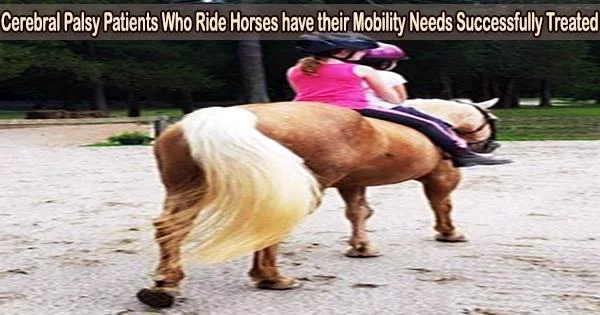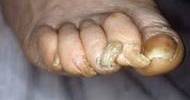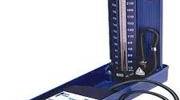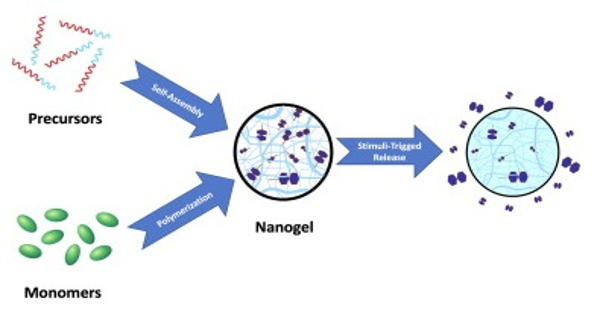Children who have cerebral palsy (CP) frequently exhibit aberrant walking patterns and struggle to keep their balance and posture. Despite the fact that the illness is incurable, physical therapy can greatly enhance mobility and balance.
Hippotherapy (HPOT), which involves horseback riding to increase functional movement in kids with CP, is one such treatment strategy. Despite being backed by scientific research as a successful CP treatment strategy, there is sadly little information available on how HPOT affects progress.
A group of experts from Korea and the US has looked at this issue by measuring the physical interactions between horses and CP patients during HPOT.
“My original research interests lie in the rehabilitation of people with neurological impairment, specifically gait and balance. However, I did not know about hippotherapy until rather recently in 2016. After realizing how effective it is in treating children with CP, I was motivated to explore it further,” explains Dr. Pilwon Hur who headed the study from the Gwangju Institute of Science and Technology (GIST) in Korea.
We found that physical interaction between the children with CP and the horses, characterized by the children adapting to the horse’s movement and vice versa, is extremely important for the rehabilitation to be effective.
Dr. Pilwon Hur
This paper was made available online on September 6, 2021, and was published in Volume 18 Issue 132 of the Journal of NeuroEngineering and Rehabilitation.
The research team studied eight physical treatment sessions and four CP youngsters. They equipped the kids and the horses with sensors so they could keep track of the movement of both, as well as the acceleration and angular velocity.
They discovered that as time passed, the data from the horses and kids started to resemble one another, demonstrating synchronization between the horse and the rider. Additionally, they tested the kids’ mobility following each session, and at the conclusion of the study, they saw improvements in their motor skills.
“We found that physical interaction between the children with CP and the horses, characterized by the children adapting to the horse’s movement and vice versa, is extremely important for the rehabilitation to be effective,” says Dr. Hur.
Excited by these results, the team believes that their work will serve as a starting point for further studies on HPOT.
“To the best of my knowledge, ours is the first study to quantify these interactions and relate them to effectiveness,” says Dr. Hur. “Such an understanding would help us optimize physical therapy programs, improving the quality of life for children with CP.”
















